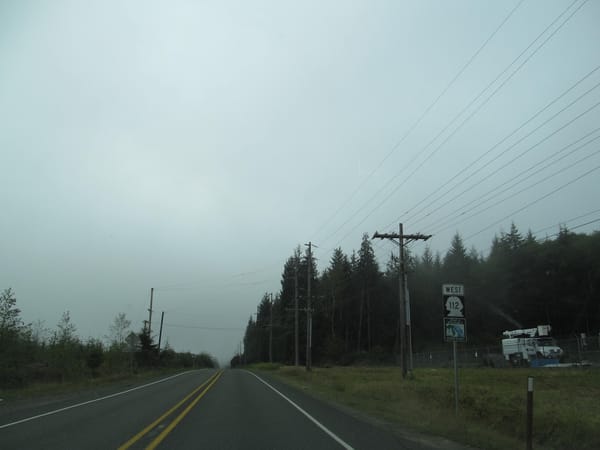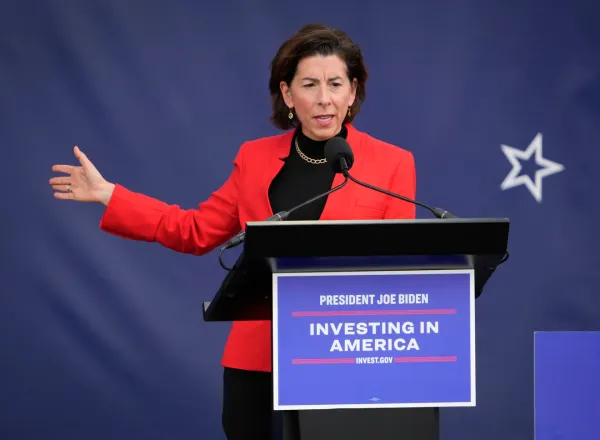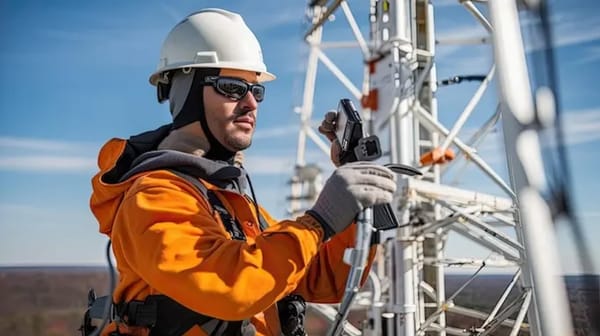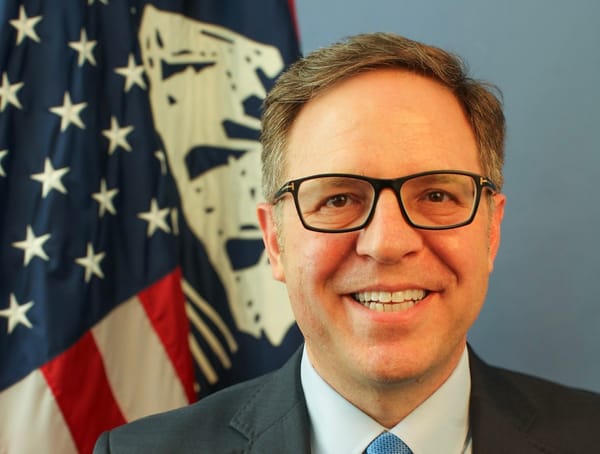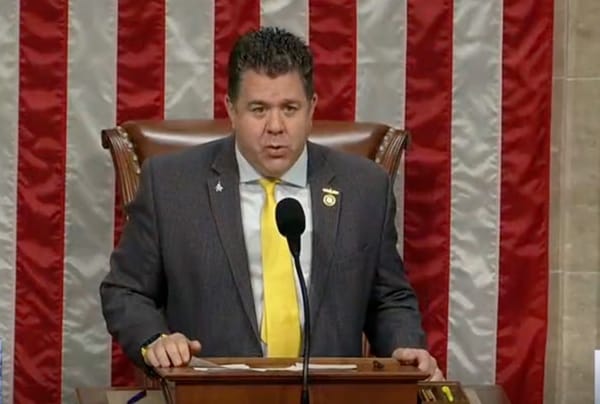Broadband Advocates at Next Century Cities Emphasize Importance of Building Community Networks
WASHINGTON, January 23, 2020 – Broadband advocates emphasized the importance of building community networks – wired and wireless – in speaking at a Next Centuries Cities event here on Thursday. MuralNet CEO Mariel Triggs, who works on community broadband deployments, commended the Federal Communicat
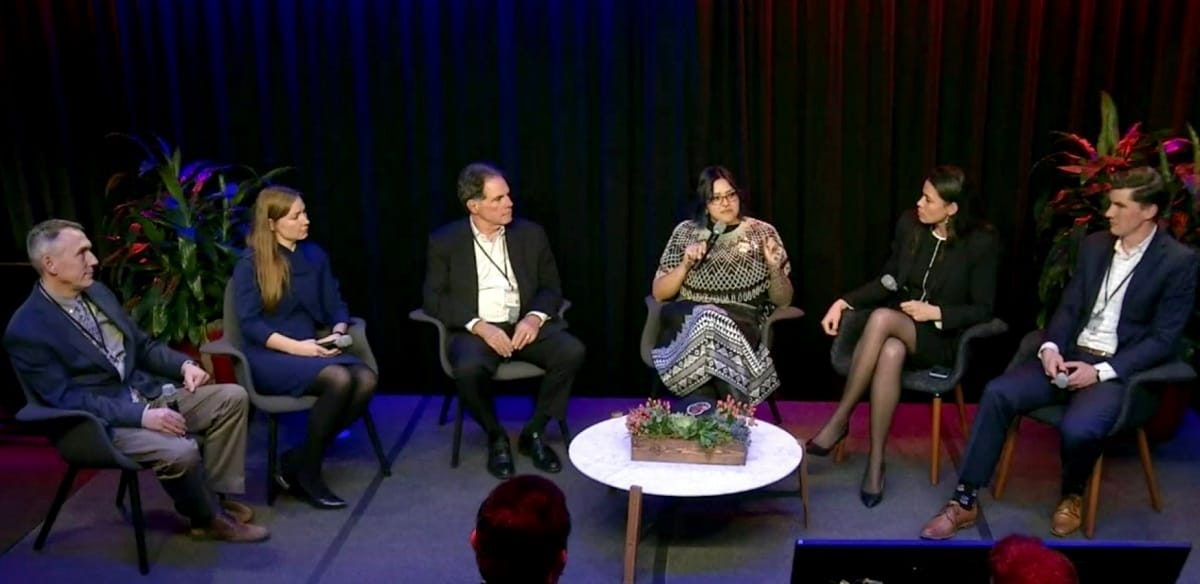
WASHINGTON, January 23, 2020 – Broadband advocates emphasized the importance of building community networks – wired and wireless – in speaking at a Next Centuries Cities event here on Thursday.
MuralNet CEO Mariel Triggs, who works on community broadband deployments, commended the Federal Communications Commission’s six-month rural tribal window for access to radio frequencies that make up the former Educational Broadband System. Tribes will be permitted to apply beginning on February 3, 2020, until August 3.
Claude Aiken, president of Wireless Internet Service Providers Association, advocated for “smart spectrum policy” that works for the small businesses and entrepreneurs that are building broadband to under-served areas.
Havasupai Councilwoman and staunch advocate for tribal telecommunication Ophelia Watahomigie criticized previous panelists for referring to the digital divide as an urban and rural concern. She said that by not including tribes in the conversation, the tech community was “continuing to let [them] fail.”
Watahomigie lobbied to the FCC for the Havasupai tribe so it could self-deploy an LTE network and attain a permanent license for EBS channel A. Located at the base of the Grand Canyon, the tribe partnered with MuralNet because their lack of competition and infrastructure turned other partners away.
Watahomigie said self-deployment is cost-friendly and now the tribe has access to telemedicine and educational resources that they were continually denied.
New America’s Director of Wireless Future Project Michael Calbrese also touted unlicensed spectrum.
Calbrese believes the FCC should free up the 6 Gigahertz (GHz) band for the next generation of Wi-Fi. He said there is also about 200 megahertz of radio frequencies in the C-Band that are open for high-capacity fixed wireless that could benefit 80 percent of the country.
However, “entrenched interests” remain a challenge and barrier in the politics of spectrum said Calabrese.
Bruce Patterson, technology director of the open access broadband network in Ammon, Idaho, spoke about the importance of local solutions for internet connectivity.


